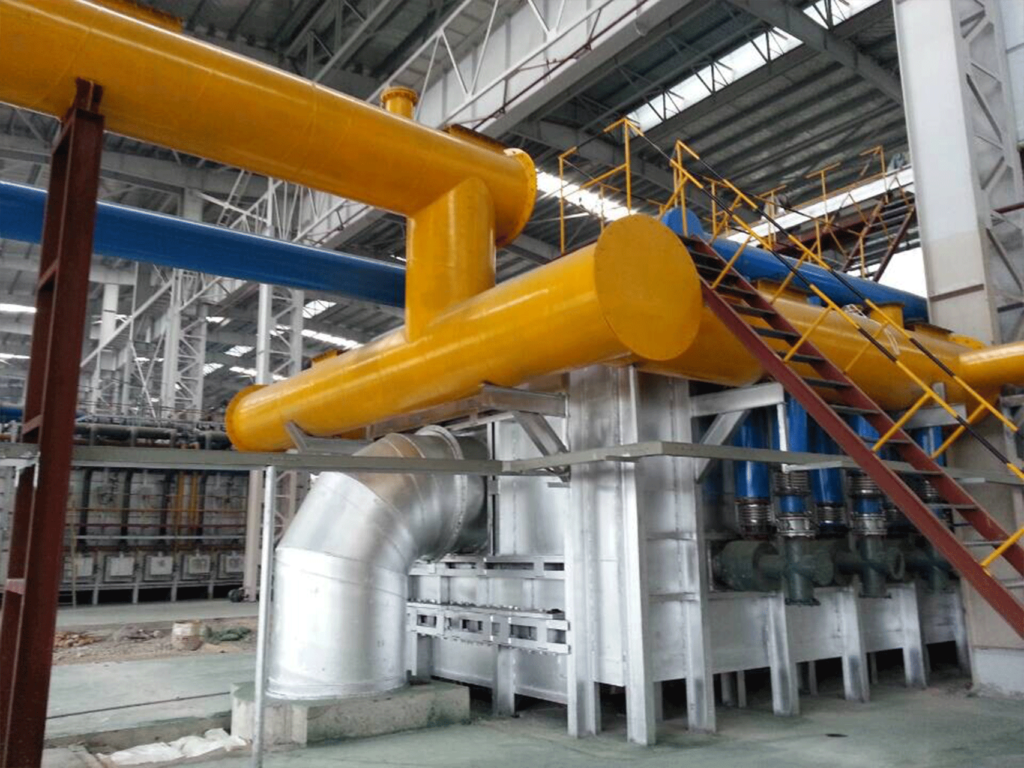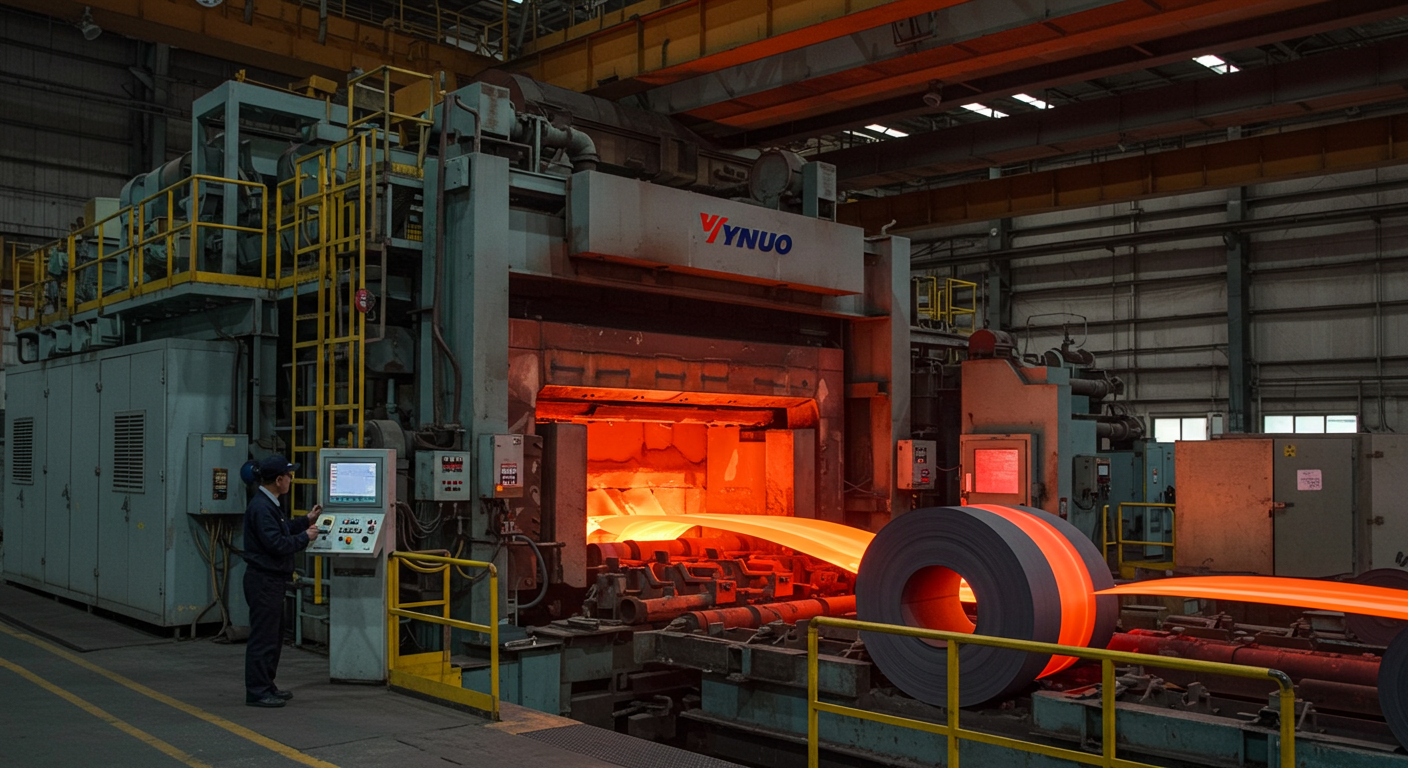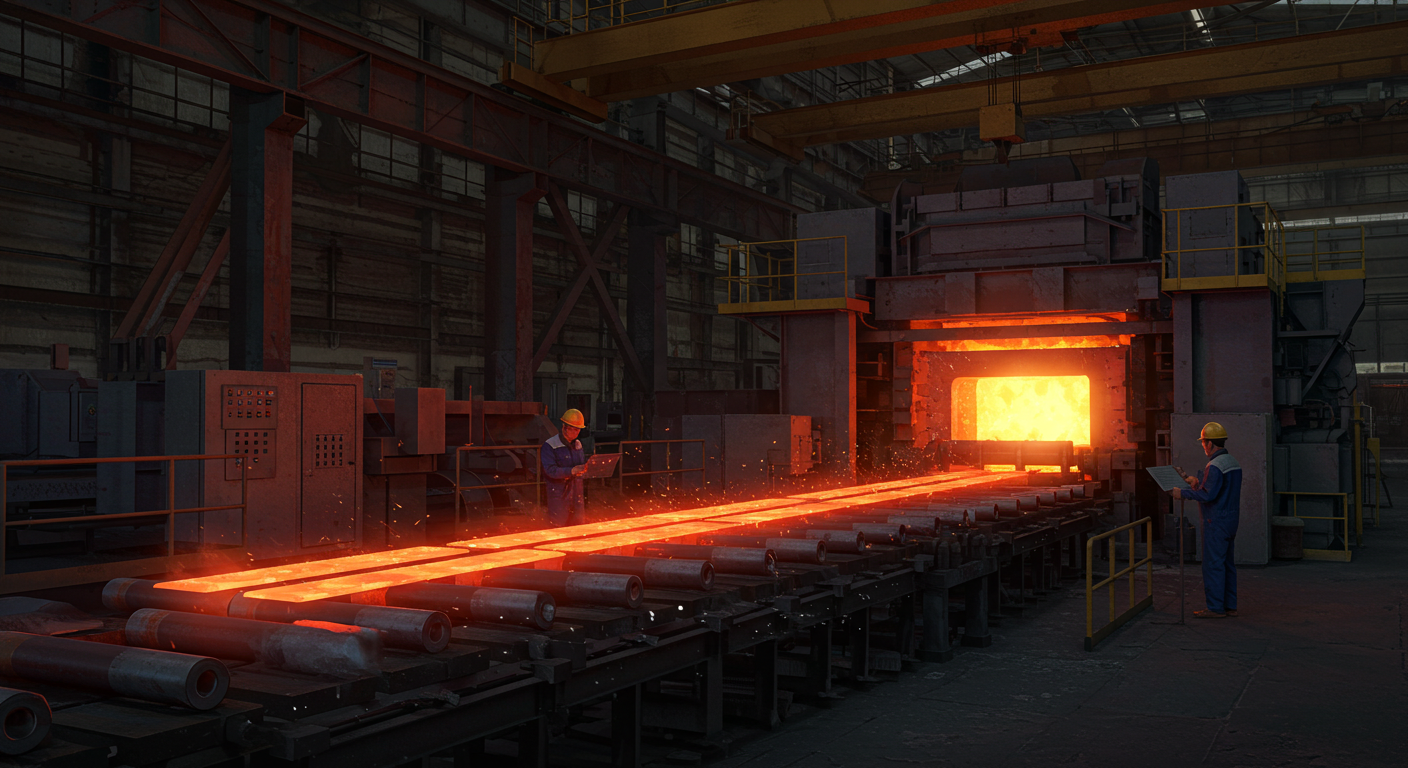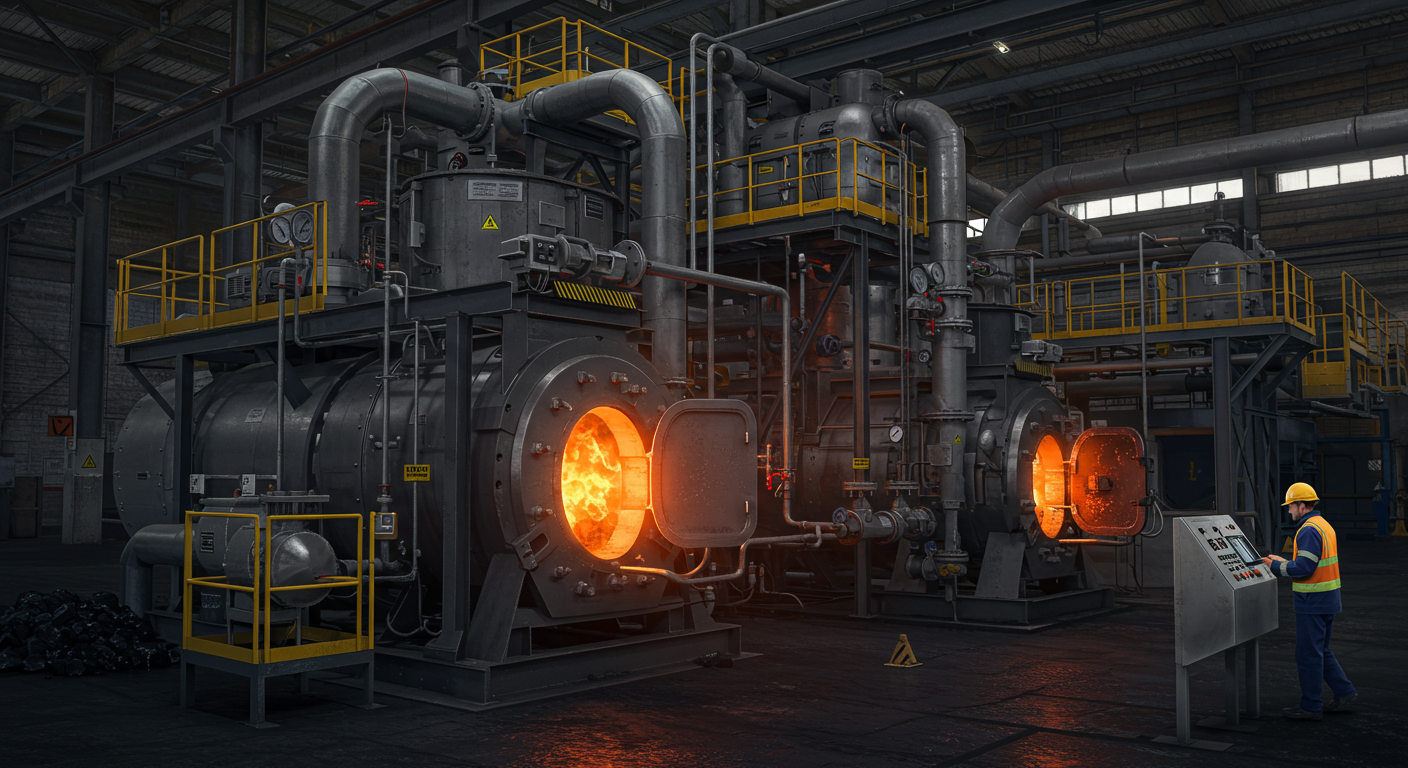When it comes to industrial manufacturing, efficiency and cost-effectiveness are important factors. One technology that has been making waves in this regard is the Resistance Heating Furnace. This innovative heating method has been instrumental in helping industries cut costs and increase their production output. In this blog, we will delve into Resistance Heating Furnaces, exploring how they work, their benefits, and what to consider when choosing the right furnace for your industrial needs.
Understanding Resistance Heating Furnace Technology
At the heart of a Resistance Heating Furnace lies a simple but effective principle: the conversion of electrical energy into heat. The process is quite straightforward. When an electric current flows through a resistive material, like a heating element, it encounters resistance. This resistance leads to the generation of heat, which can be harnessed for various industrial processes.
In the case of a Resistance Heating Furnace, this heat is precisely controlled and applied to materials such as metals that require heating for various purposes. The efficiency and precision of this technology make it a popular choice for a wide range of industries.
Cutting Costs and Increasing Efficiency: Resistance Heating Furnace
One of the most significant advantages of using a Resistance Heating Furnace is the potential for cost savings. Traditional heating methods, such as gas or oil-based systems, can be expensive to operate and maintain. In contrast, Resistance Heating Furnaces offer a more cost-effective solution, primarily due to their energy efficiency.
Since these furnaces convert electrical energy into heat directly, there is minimal heat loss in the process. This means that more energy is used for the intended heating, and less is wasted, ultimately resulting in lower energy bills. Moreover, the precision of these furnaces ensures that materials are heated uniformly, reducing the risk of waste and rework.
Precise Temperature Control: Resistance Heating Furnace
Resistance heating furnaces offer precise temperature control, making them ideal for applications that require consistent and accurate heating. The ability to maintain a specific temperature range is crucial in industries such as metallurgy, electronics, and semiconductor manufacturing, where even slight temperature fluctuations can lead to product defects or inconsistencies.
The advanced temperature control systems of resistance heating furnaces ensure that materials are heated uniformly and with high precision, which ultimately leads to higher-quality products and reduced material wastage.
Optimizing Industrial Processes with Resistance Heating Furnace Technology
Resistance Heating Furnace finds applications across various industries, including aerospace, automotive, metalworking, and more. Let’s delve into some of the key ways these furnaces optimize industrial processes:

1. Heat Treatment: Resistance Heating Furnace
Resistance Heating Furnaces are commonly used for heat treatment processes, such as annealing, tempering, and hardening. The ability to precisely control temperature and duration is crucial for achieving the desired material properties, making them a top choice in metallurgy and automotive manufacturing.
2. Sintering and Brazing: Resistance Heating Furnace
These furnaces are also ideal for sintering and brazing operations, where materials are joined or consolidated using heat. The uniform heating capability of Resistance Heating Furnaces ensures strong and reliable bonds in these processes.
3. Melting and Forging: Resistance Heating Furnace
Industries that involve metal melting, casting, and forging benefit from the high-temperature capabilities of these furnaces. They can achieve the extreme temperatures required for these operations, helping to create high-quality, durable products.
Industrial Furnace Buying Guide: How to Choose the Right Resistance Heating Furnace
Selecting the right Resistance Heating Furnace for your specific industrial needs is crucial. Here are some key factors to consider when making your choice:
1. Temperature Range: Resistance Heating Furnace
Different applications require different temperature ranges. Ensure the furnace you choose can achieve and maintain the desired temperatures for your processes.
2. Heating Element Material: Resistance Heating Furnace
The material of the heating element is essential. Common choices include ceramic, molybdenum, and graphite. The choice depends on the specific materials you will be heating and the required temperature range.
3. Control System: Resistance Heating Furnace
Look for furnaces with advanced control systems that allow precise temperature control and programmability. This will help you achieve consistent results.
4. Size and Capacity: Resistance Heating Furnace
Consider the size and capacity of the furnace to ensure it can accommodate the materials you will be working with. Oversized or undersized furnaces can be inefficient and lead to wasted energy.
5. Energy Efficiency: Resistance Heating Furnace
Investigate the energy efficiency of the furnace. A more energy-efficient furnace will not only save on operational costs but also have a lower environmental impact.
6. Maintenance and Service: Resistance Heating Furnace
Consider the ease of maintenance and availability of service and replacement parts. Downtime due to maintenance issues can be costly in a production environment.
The Future of Heat Generation: Resistance Heating Furnace Trends to Watch
As industries continue to evolve, so do the technologies that support them. The Resistance Heating Furnace industry is no exception, and there are several trends worth keeping an eye on:
1. IoT Integration
Many manufacturers incorporate Internet of Things (IoT) technology into their furnaces. This enables remote monitoring and control, predictive maintenance, and data analytics to optimize performance.
2. Energy Efficiency Improvements
Ongoing efforts are being made to enhance the energy efficiency of Resistance Heating Furnaces. This includes improvements in insulation materials, control algorithms, and heating element designs.
3. Environmental Considerations
The push for environmentally friendly practices has led to the development of cleaner heating technologies, reducing emissions and waste in the manufacturing process.
4. Automation and Robotics
Automation and robotics are increasingly being integrated into industrial processes, including Resistance Heating Furnaces. This not only enhances efficiency but also reduces the need for human intervention in hazardous environments.
In Conclusion
Resistance Heating Furnaces have carved a niche for themselves in the world of industrial heating technology. They offer a cost-effective, efficient, and precise method for heating materials in various industrial processes. Choosing the right furnace for your needs is critical, and keeping an eye on emerging trends can help you stay ahead of the curve. As industries continue to evolve, so will the technology that supports them, making Resistance Heating Furnaces a promising avenue for the future of heat generation.
This blog was brought to you by JiangSu YiNuo Thermal Energy Technology Co., Ltd., a leading manufacturer of Resistance Heating Furnaces. For more information about their products and services, please visit their website: https://www.jsyngyly.com/products/







